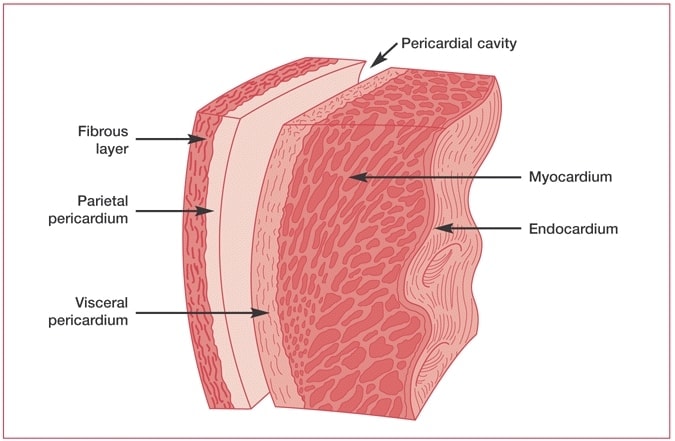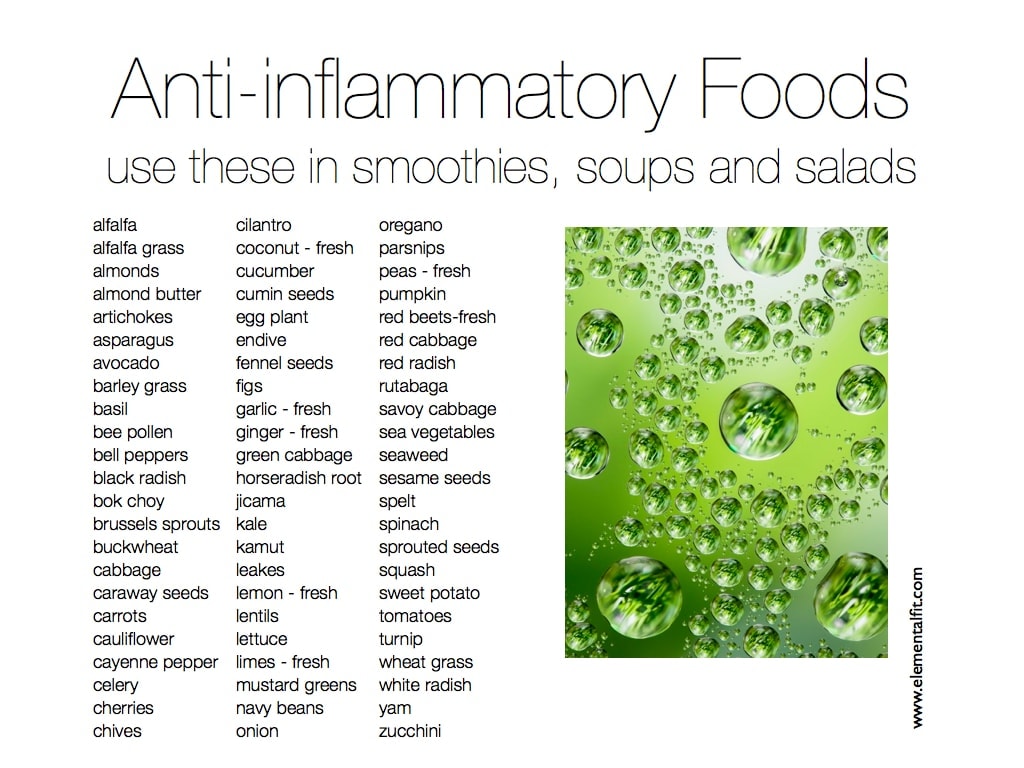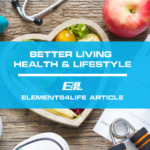In a nutshell: Inflammation is part of the body’s cellular defence mechanism and plays a role in the healing process.
How serious is inflammation and what are the short and long term effects on our biology?
Society in general needs to concentrate and research more on what exact environmental factors cause inflammatory responses in our body and at a cellular level. This is a serious issue that is overlooked by most people due to a lack of understanding, focus and education. Poor lifestyle choices and modern world influences are causing significant issues. Inflammation is also a hidden killer as we don’t always recognise we have an issue or suffering from the condition.
Inflammation appears to be the end result of long term oxidative stress and disruption. The stress can be caused by emotional or physical trauma, and nutritional or environmental pollutants. Acute and chronic inflammation are common conditions and it is said that over 50%+ of the population suffer from some form of inflammation which ultimately leads to a series of other conditions. These numbers are also climbing.
What can we do?
When it comes to inflammation, prevention is better than a cure.
1. Chronic inflammation
Robbins: “Chronic inflammation is inflammation of prolonged duration (weeks or months) in which inflammation, tissue injury and attempts at repair co-exist, in varying combinations.”
Examples: Autoimmune diseases (rheumatoid arthritis, systemic lupus erythematosus), and tuberculosis infection.
2. Acute inflammation
Robbins: “Acute inflammation is a rapid host response that serves to deliver leukocytes and plasma proteins, such as antibodies, to sites of infection or tissue injury.”
Examples: Acute appendicitis and abscess.
SOURCE:
Did you know Diabetes is an inflammatory condition? See below for more.
Inflammation Examples:
- Fatty liver disease
Fatty liver disease can be caused by poor diet, which can set off an inflammatory response. Unchecked, this response can lead to cirrhosis, liver cancer, liver failure, and can ultimately result in death.
- Endometriosis
Tissue similar to the uterus lining grows in other parts of the body, such as the abdominal cavity, where the resulting inflammation can cause excruciating pain. The disease can be better managed by addressing pro-inflammatory factors.
- Type 2 diabetes mellitus
Low-grade inflammation is common in type 2 diabetes sufferers, but we are only beginning to understand the role inflammation may play in the development of the disease.
- Type 1 diabetes mellitus
The immune system attacks and destroys insulin-producing cells in the pancreas. Symptoms include increased thirst, frequent urination, hunger, fatigue and blurred vision.
- Inflammatory bowel disease (IBD)
Umbrella term for ulcerative colitis and Crohn’s disease. The immune system attacks the gut lining causing diarrhoea, abdominal pain, fever and weight loss.
- Asthma
Inflammation causes the lining of the airways to swell, narrowing them and making breathing difficult. It also causes the airways to produce more mucus and makes them more sensitive to asthma triggers.
- Rheumatoid arthritis
A painful condition associated with inflammation in the joints. In advanced cases, it can cause damage to the heart, lungs, kidneys, skin, eyes and other tissues.
- Obesity
With obesity, there is an over-accumulation of fatty tissue, which produces and releases a variety of inflammatory messengers, making obesity an underlying condition for many inflammatory and metabolic diseases.
- Alzheimer’s and Parkinson’s diseases
Over the past decade, inflammation due to a sustained immune response in the brain has been linked to these two progressive neurodegenerative disorders.
- Cancer
Inflammation caused by chronic infection, inflammatory diseases or environmental factors plays a multi-faceted role in certain cancers, as a primary cause and by helping tumours grow and spread.
SOURCE: University of Queensland
A comprehensive list of inflammatory diseases would be a very long list with each expressing high levels of inflammation in the connective tissues and/or degeneration of these tissues.
These include:
- Alzheimer’s
- ankylosing spondylitis
- arthritis (osteoarthritis, rheumatoid arthritis (RA), psoriatic arthritis)
- asthma
- atherosclerosis
- Crohn’s disease
- colitis
- dermatitis
- diverticulitis
- fibromyalgia
- hepatitis
- irritable bowel syndrome (IBS)
- systemic lupus erythematous (SLE)
- nephritis
- Parkinson’s disease
- ulcerative colitis
Other Examples:
Auto-inflammatory diseases refer to problems with the immune system, which usually fights off viruses, bacteria, and infection. The problem causes your immune cells to attack your body by mistake. This can cause swelling that produces fever, rash, joint swelling, or serious buildup of a blood protein in your organs.
Multi-system inflammatory Syndrome is a condition where different body parts can become inflamed, including the heart, lungs, kidneys, brain, skin, eyes, or gastrointestinal organs.
When the body is continually bombarded with inflammation it can cause significant health issues, vitality and can even shorten life spans.
So what is inflammation at a cellular level really mean?
Inflammation is a biological response caused by pathogens, chemicals, heavy metals, neurotoxins, damaged cells, and/or other genetic irritants. Anything that is “un-natural” to the body, or your specific genetic profile, can cause an inflammatory response of some degree. Inflammation is the bodies protective response at a cellular level. The function of inflammation is to eliminate the initial cause of cell injury, cell damage, clear out invasive elements and start to initiate the repair of damaged tissue.
The body is not meant to be in a permanent state of inflammation as this ultimately causes a string of devastating conditions.
If we combine all these modern world irritants with all the chemicals, additives and essentially eating all the wrong foods and poor water quality on a consistent basis throughout our life, no wonder we are inflamed.
Inflammation can lead to higher levels (volume) of deep fat (visceral fat), cancers, depression, flu like symptoms, skin conditions and other disease.

While we are looking at cellular health we should also look at how this connects with Visceral Fat (deep fat) and the choices we make on a daily basis.
Visceral Fat is fat tissue that surrounds your vital organs. Visceral (adipose tissue) is found deep inside your tissue and is generally referred to as belly fat. If you have too much visceral fat, you will be at higher risk for specific health conditions and diseases.
Visceral fat and inflammation are separate issues however you will find they are byproducts of the same lifestyle behaviours, choices and natural responses of the body. There is a connection.
The commercialised foods we eat are infused with preservatives, sugars, chemicals and additives and there are also food we as humans are not meant to eat. We also subject ourselves to third party influences that enter our body, including and not limited to, compromised water quality.
Is wheat something humans should be consuming? Are all plant products actually suitable for human consumption? What about GMO and hybrid crops? Pesticides on food entering via the gut? Chemicals, heavy metals and genetic irritants entering via the skin?
Is sugar and glycation the real hidden enemy? Glycation is the covalent attachment of a sugar to a protein or lipid. Typical sugars that participate in glycation are glucose, fructose, and their derivatives. Glycation is the non-enzymatic process responsible for many complications in diabetes mellitus.
All these questions are worth asking and no doubt more research and open dialogue is required.

Potential solution?:
Lets try a wheat free, a preservative free, neurotoxin free, heavy metal free, GMO free, daily eating routine and see what results we get. Clean up that water source and watch and feel how your body, energy and vitality responds in time.
Eat for performance and life. Your food and water quality choice is either a natural medicine, biologically suitable, or it is not. Electric foods, essential enzymes, GSH, structured water, key supplementation and minerals are required. A better diet overall, Turmeric (curcumin), Fish-oil, electric and alkaline foods, heavy metal detoxification, structured ionised water and even key essential oils are great at reversing and reducing inflammation.
Your body is a temple rings true again!
Potential Natural Treatment Research Seeds:
- Progesterone
- Vitamin D
- Amino acid N-acetyl cysteine
- Glutathione
- Alpha Lipoic Acid
- Silymarin
- Selenium
Bonus: Better food choices will also reduce the size of your white fat cells, your visceral fat zones which will support better appearance and health.
If fat loss and body weight optimisation is important to you seek to control your calorie intake, control the quality of calories, understand your macro % and ensure you consume the right enzymes, trace minerals, supplements and vitamins that will support fat loss and better health.
Reduce inflammation and reduce the volume of your white fat cells and your life will be better.
Starting a better lifestyle today?
Here is a food list for your consideration however there is no doubt more research required in this area.

Markers for inflammatory diseases:
- low reduced glutathione (GSH) levels
- low vitamin D and other antioxidants
- high oxidised glutathione (GSSG) levels
- high malondialdehyde (a marker for oxidative stress, formed when fats are oxidised)
- increased lipid peroxidation
- high homocysteine
- high CRP
- high fructosamine
- isoprostanes (a marker for oxidative stress, formed when fats are oxidised)
Factors that cause inflammation:
- oxidative stress, due to decreased levels of antioxidants, in particular vitamin D, glutathione and superoxide dismutase
- an increase in sugar and foods which convert to glucose
- decreased selenium levels, selenium is needed for the production of glutathione
- increased oestrogen levels, oestrogen is an excitatory, inflammatory hormone
- decreased zinc and increased copper. Oestrogen suppresses zinc and progesterone, and increases copper. Copper suppresses progesterone and zinc. Supplementing with progesterone and zinc raises levels, and suppresses the excess copper and oestrogen
- a high level of matrix metalloproteinases (MMPs), these enzymes break down protein causing a pathological reaction such as inflammation and tissue degeneration when in excess
- excess oestrogen stimulates matrix metalloproteinases, it also accelerates the ageing of collagen
- a lack of progesterone, this is always low in inflammatory diseases. Progesterone suppresses MMPs and oestrogen
- a predominance of the inflammatory Th1 cytokines over the anti-inflammatory Th2 cytokines. Progesterone stimulates the Th2 response, so does vitamin D
- emotional stress. Progesterone, and it’s potent metabolite allopregnanolone calm by activating the GABA receptor sites, GABA is one of the most calming neurotransmitters
- allergies to certain foods. Oestrogen increases the response to allergens, progesterone inhibits mast cells, responsible for the increase in histamine
- a high level of advanced glycation endproducts (AGEs)
- environmental pollutants
- a high level of tumour necrosis factor-alpha. Progesterone suppresses TNF-alpha, as does vitamin D
- a high level of prolactin, an inflammatory hormone. Progesterone suppresses prolactin, so does the amino acid tyrosine
- increased levels of fructosamine, a sign of insulin resistance
- increased levels of homocysteine
- a high level of pro-inflammatory HDLs, leading to increased lipid peroxidation. Progesterone protects against lipid peroxidation, as does vitamin D
- a deficiency of the essential fatty acid Omega 3
- decreased levels of vitamins B2, C, E and beta-carotene
SOURCE
ARTICLE: Understanding Inflammation.
Elements4Life has a holistic outlook to living and lifestyle and hopes people embrace a more connected life away from the toxic western influences of the modern world. A focus on cellular health and a harmonious biological environment.
Please email us for membership details or to organise a gym tour with a lifestyle and fitness coach – getstarted@elements4life.com.au
Read Heavy Metal Detoxification Article HERE.
**Please do your own research and always seek specialist medical advice specific to your circumstances.











 ‘Service’ defined as ‘the action of helping or doing work for someone’ - the service that Elements 4 Life provides goes beyond this. The coaches are genuine, their approach to training is exciting and progressive, you will be supported and challenged to be the best version of yourself – mind and body. Then there’s the amazing people, our E4L community, this is what makes the gym so unique to all the other gyms I’ve been a member of.
‘Service’ defined as ‘the action of helping or doing work for someone’ - the service that Elements 4 Life provides goes beyond this. The coaches are genuine, their approach to training is exciting and progressive, you will be supported and challenged to be the best version of yourself – mind and body. Then there’s the amazing people, our E4L community, this is what makes the gym so unique to all the other gyms I’ve been a member of. 





